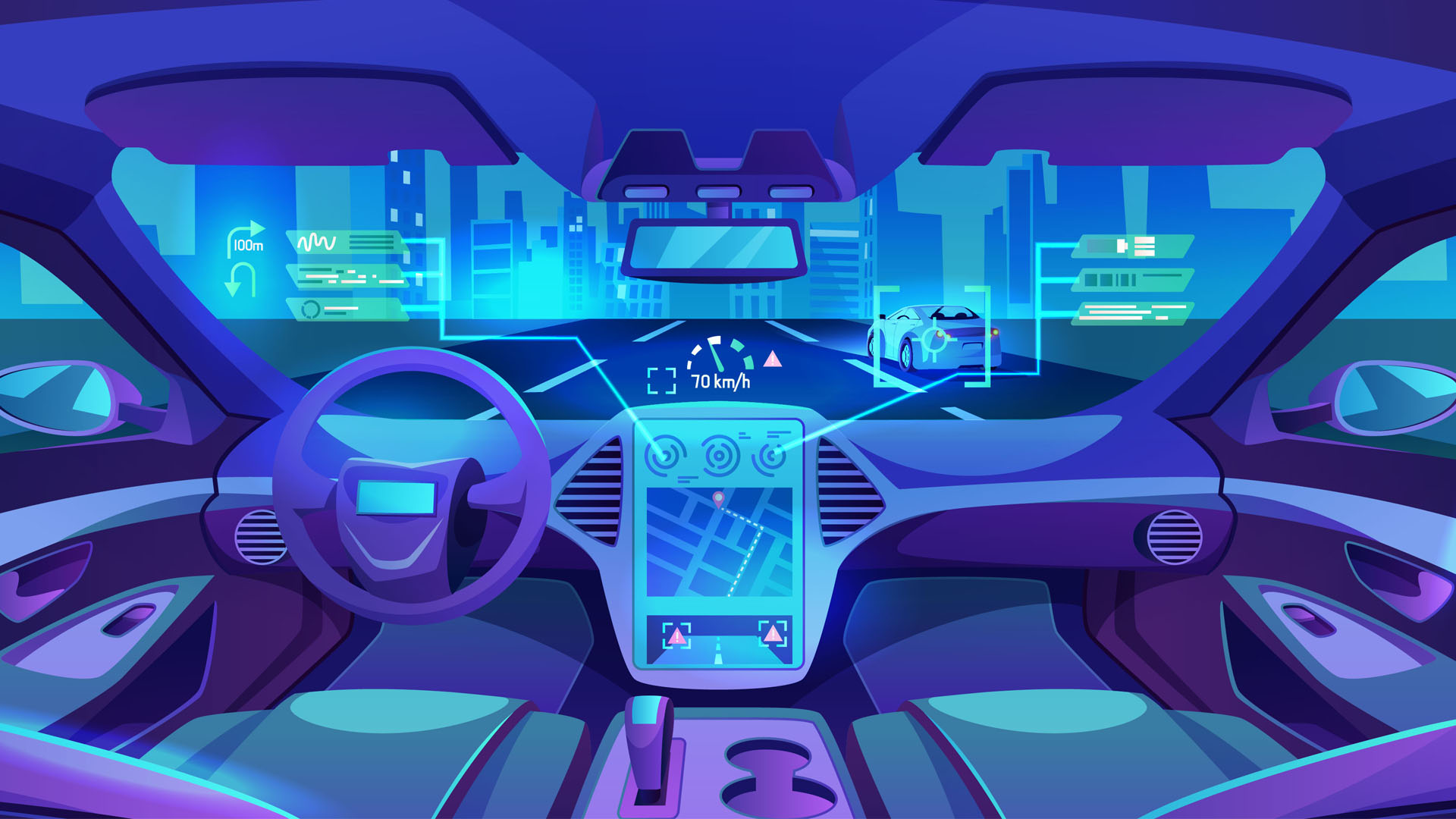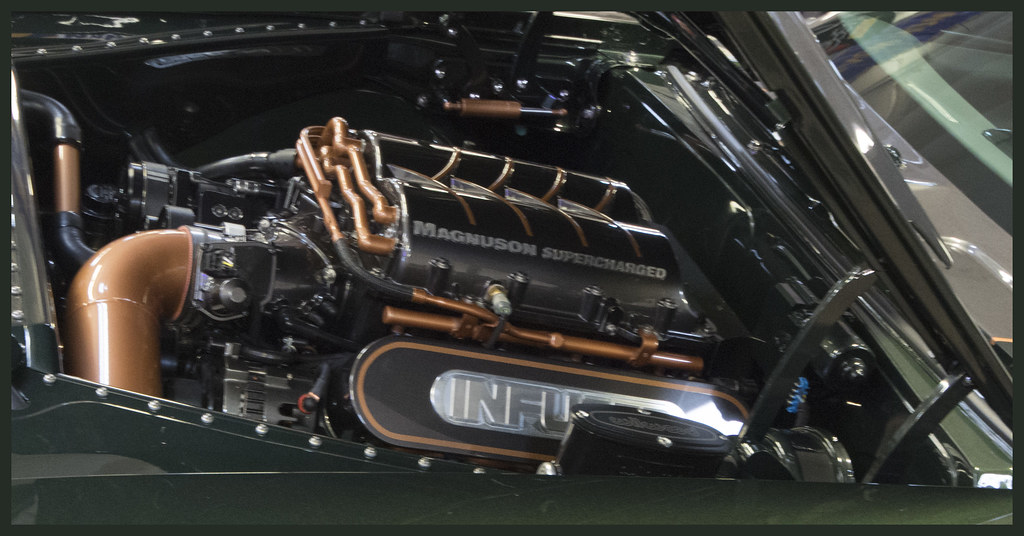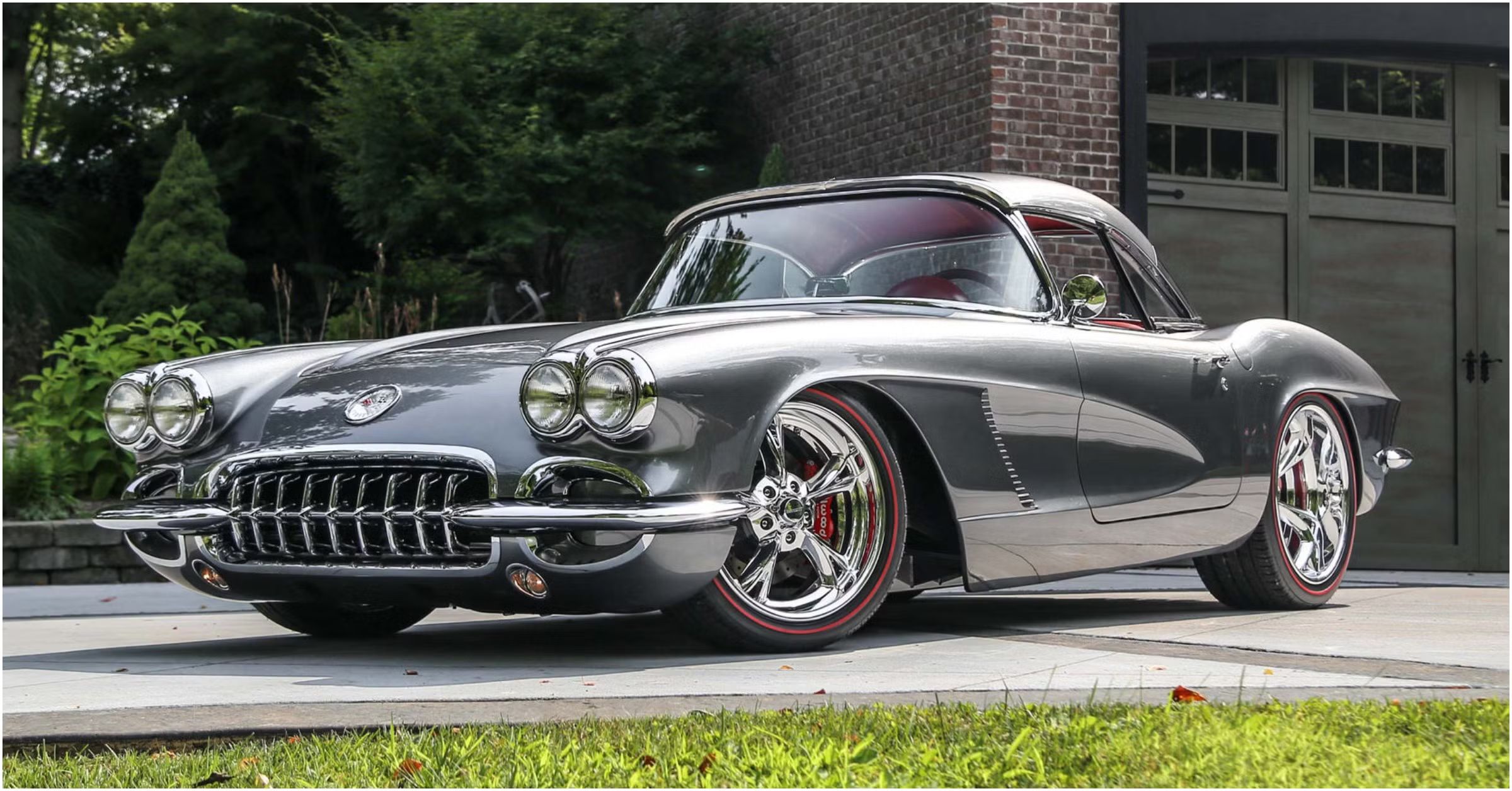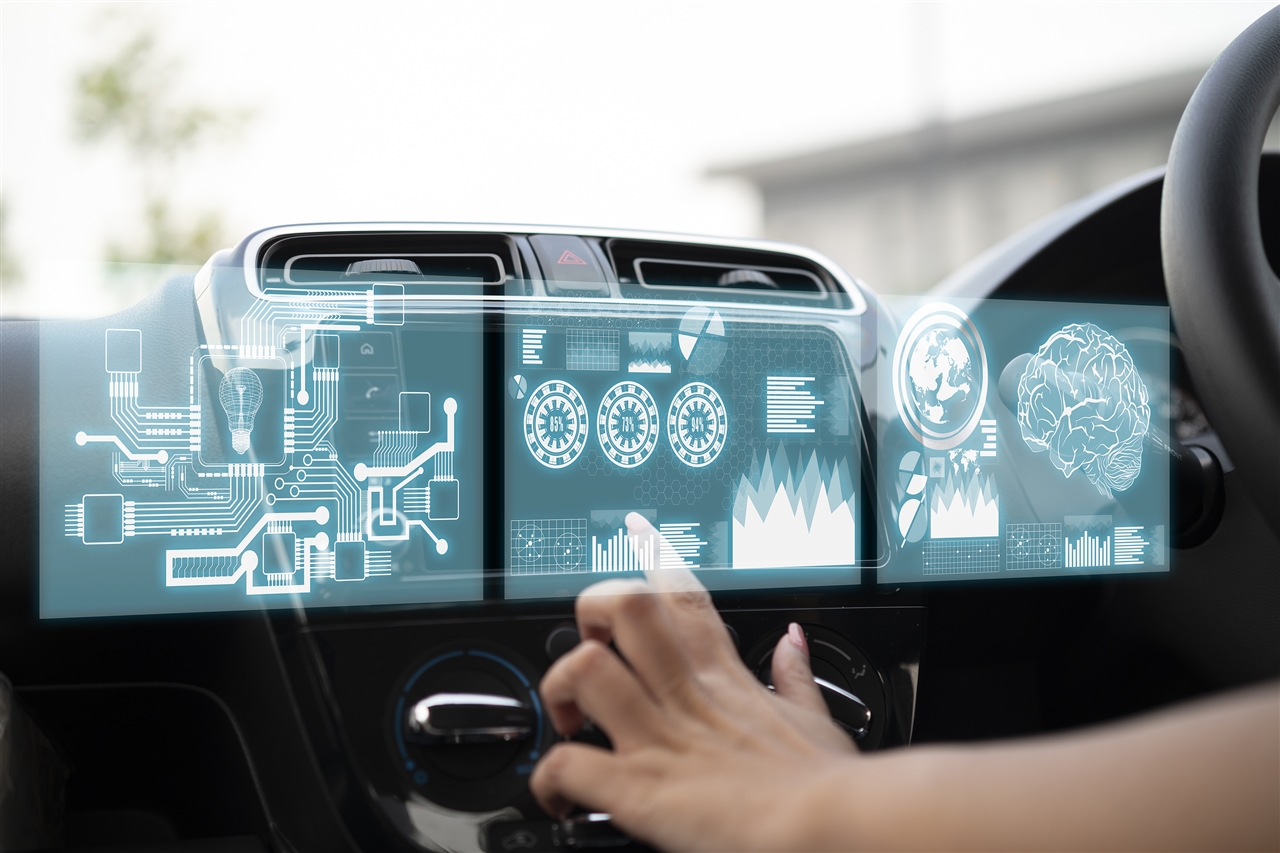
The automotive industry is undergoing a profound transformation, moving beyond mere mechanical enhancements to redefine the very essence of the driving experience. This revolution is largely spearheaded by the emergence of smart cockpits, advanced in-vehicle systems that blend cutting-edge hardware and software to create a seamlessly interactive and highly personalized environment. Forecasts from Mordor Intelligence and Grand View Research paint a clear picture of this seismic shift, with the market predicted to surge from approximately $22.9 billion in 2024 to over $41.8 billion by 2029, reflecting a robust compound annual growth rate exceeding 10.56%. This isn’t merely a fleeting trend; it represents a fundamental re-imagining of how we interact with our vehicles, setting the stage for a future where cars are far more than just modes of transportation.
At its core, the smart cockpit aims to create an unparalleled in-car experience, masterfully combining crucial driving data with intuitive, user-friendly system designs. These intelligent systems transcend the traditional analog dashboard, integrating sophisticated human-machine interfaces, advanced infotainment systems, and pervasive wireless connectivity. The result is an environment that not only enhances convenience and entertainment but also significantly boosts safety and improves on-road decision-making. As these intelligent systems learn and adapt to individual driver needs, offering real-time updates and proactive assistance, the critical question arises: are we witnessing the dawn of a new era of enhanced driving, or are these gadgets subtly eroding the fundamental art of being behind the wheel?
This exploration will delve into the multifaceted innovations powering the smart cockpit revolution, examining how advanced technology is reshaping our relationship with vehicles. We will analyze the key drivers behind its rapid adoption, from the integration of artificial intelligence and cutting-edge display technologies to the growing demand from consumers and the strategic partnerships shaping the market’s future. While acknowledging the undeniable allure of these sophisticated systems, we will also consider the challenges and the critically nuanced perspective, evaluating how these advancements impact the traditional skills and engagement often associated with the ‘art of driving.’

1. **The Evolution of the Cockpit: Beyond Analog Dials**Smart cockpits are fundamentally reshaping the relationship between drivers and their vehicles, moving light-years beyond the era of simple analog dashboards. Today, these advanced cockpits integrate sophisticated human-machine interfaces (HMIs), comprehensive infotainment systems, and ubiquitous wireless connectivity. This fusion enhances not just convenience and entertainment but also significantly boosts safety and the overall enjoyment on the road. These intelligent systems are far more than just a collection of screens; they are dynamic entities capable of adapting to drivers’ needs, offering real-time updates, and improving on-road decision-making in ways previously unimaginable.
Digital cockpits serve as advanced interfaces that seamlessly integrate multiple digital displays, responsive touchscreens, and sophisticated multimedia systems, completely replacing traditional analog instrument clusters in modern vehicles. They function as the central hub for all driving-related information, encompassing everything from critical speed and navigation data to comprehensive entertainment and connectivity options. The overarching aim is to provide a user experience that is both seamless and deeply engaging, while simultaneously enhancing vehicle safety and operational efficiency. This profound shift is transforming ordinary cars into sophisticated, software-driven powerhouses, redefining user interaction and experience.
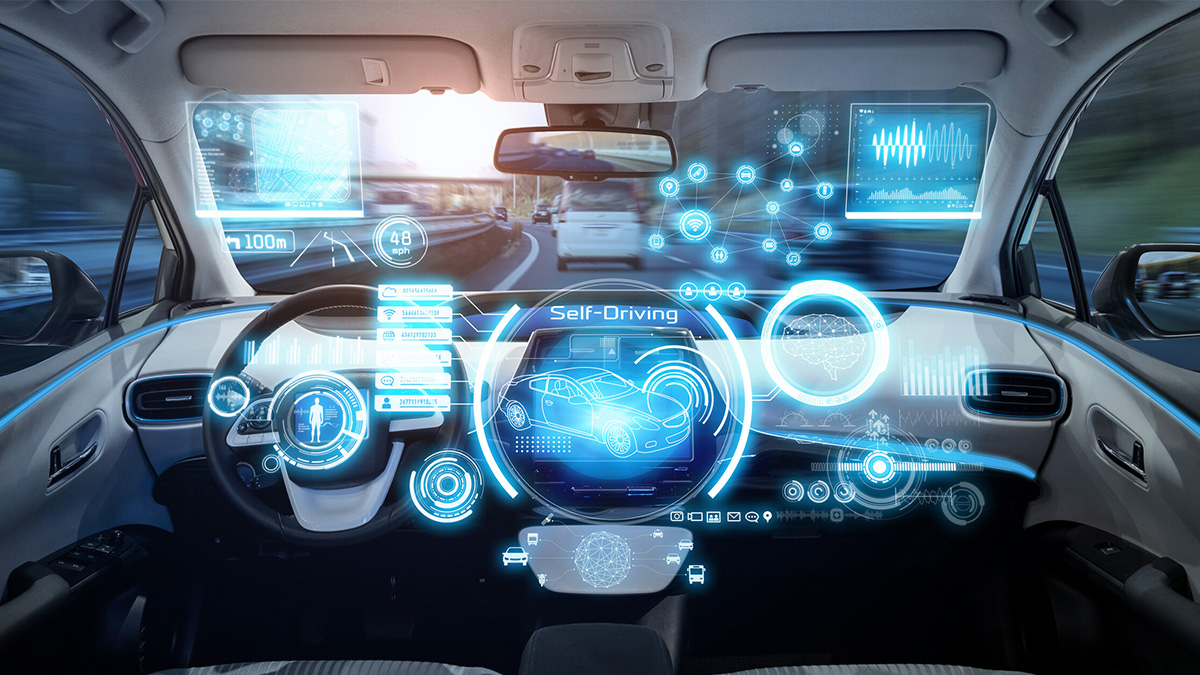
2. **AI-Powered Personalization: Tailoring Every Drive**The advent of artificial intelligence (AI) has emerged as an indisputable game-changer for the automotive smart cockpit, fundamentally transforming how individuals interact with their vehicles. AI empowers highly personalized experiences by intuitively learning driver preferences and subsequently adjusting displays, settings, and various interactions to match. Pioneering companies like Mercedes-Benz have already embraced this revolutionary trend, showcasing their MBUX infotainment system which seamlessly incorporates AI-driven voice control and driver assistance. This system is so advanced it can respond to casual commands, such as “I’m cold,” demonstrating a leap beyond basic automation towards a truly bespoke and intuitive driving environment.
Customizable interfaces, meticulously powered by AI, mean that smart systems within the vehicle adjust settings on the fly, dynamically responding to the driver’s actions and preferences. This ensures each journey feels uniquely tailored. AI algorithms delve deep into analyzing driving habits, preferred routes, and even subtle climate preferences, auto-adjusting settings for optimal comfort and convenience. Machine learning algorithms play a pivotal role here, diligently spotting behavioral patterns over time and meticulously tweaking vehicle settings, offering intelligent suggestions for navigation routes, cabin temperature, and entertainment options. Leading automotive giants such as BMW and Audi are already deploying these sophisticated techniques, making their dashboard systems inherently more user-friendly and significantly elevating overall customer satisfaction.
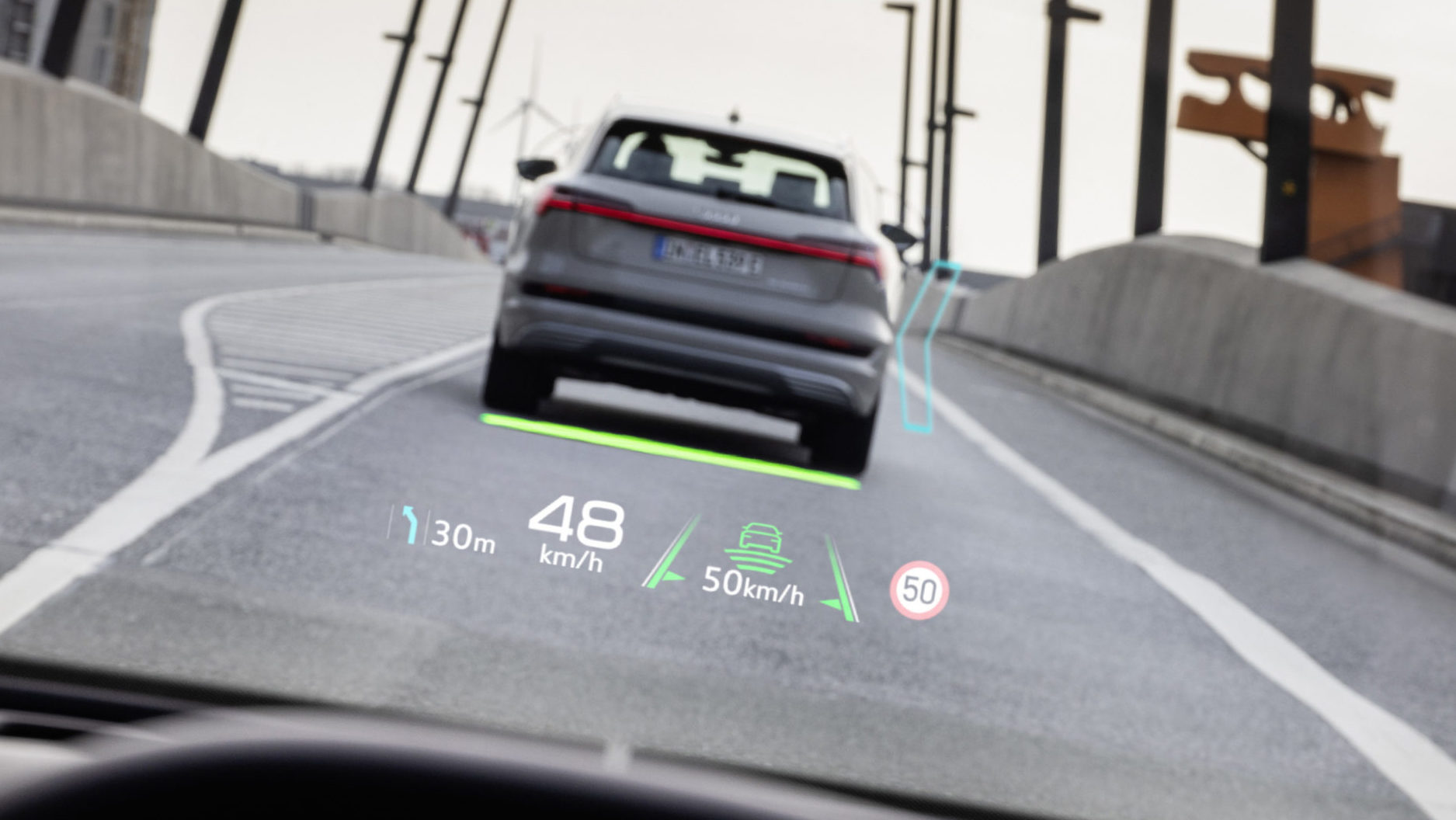
3. **Advanced Display Technologies: A Visual Revolution**Display technology has undergone a truly remarkable transformation, fundamentally reshaping how drivers interact with their vehicles and cementing its role as a critical component within the automotive smart cockpit. Digital instrument clusters and advanced head-up displays (HUDs) are at the vanguard of this visual revolution, with digital clusters alone commanding a significant 64% of market revenue, according to Grand View Research. These unified display systems frequently feature expansive, high-resolution screens that gracefully span the dashboard, ingeniously merging the traditional instrument panel with comprehensive infotainment systems. Such integration provides real-time data, enabling drivers to effortlessly access essential information without distraction, thereby profoundly enhancing situational awareness and overall safety.
Further propelling the boundaries of visual clarity and sophisticated data presentation are groundbreaking advancements like OLED (organic light-emitting diode) panels and cutting-edge augmented reality (AR) HUD systems. Next-generation materials, particularly OLED technology, are experiencing surging popularity due to their superior visual performance and remarkable design versatility, offering displays that are demonstrably thinner, lighter, and more vibrantly lucid. This technological leap enables highly flexible design options, including aesthetically pleasing curved screens that dramatically enhance interior aesthetics while simultaneously contributing to reduced vehicle weight. Moreover, AR HUDs, exemplified by innovations like Panasonic’s AR HUD 2.0, ingeniously integrate eye-tracking capabilities to dynamically adjust visuals based on the driver’s precise head position. This ensures that crucial information—such as turn-by-turn navigation cues and critical hazard alerts—remains perpetually visible, forging a driving experience that is both intuitive and deeply impactful, directly within the driver’s field of view.
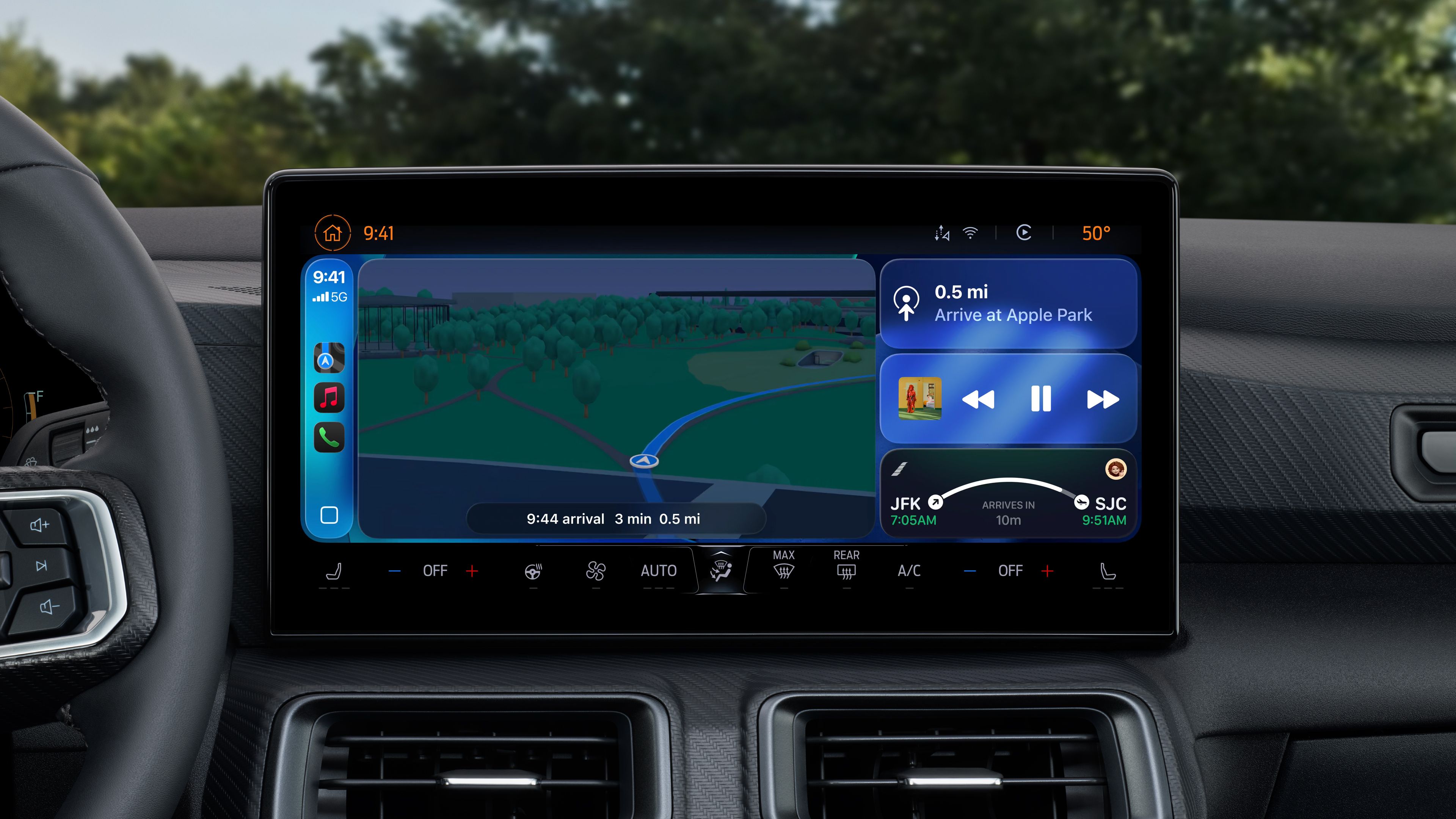
4. **Seamless Connectivity: Integrating Your Digital Life**The smart cockpit stands as the quintessential connectivity hub, expertly weaving the vehicle into the intricate tapestry of the driver’s broader digital ecosystem. Smartphone integration has played an absolutely pivotal role in catalyzing this evolution, with widely adopted features like Android Auto and Apple CarPlay enabling drivers to access their preferred apps, music libraries, and navigation systems effortlessly. Crucially, this is all achieved while maintaining an unwavering focus on the road ahead. This profound level of integration effectively blurs the once-distinct line between personal smart devices and automotive dashboards, culminating in a cohesive and exceptionally user-friendly in-car environment.
Beyond the immediate integration with smartphones, the expanding scope of cross-industry ecosystem integration is dramatically transforming the vehicle into a truly multifunctional space. Bringing the Internet of Things (IoT) into modern car cockpits has become indispensable for cultivating the connected car experience that consumers increasingly demand, allowing vehicles to intelligently interact with external smart devices like home thermostats or even communicate with other vehicles on the road. Such advanced strategies necessitate robust cloud computing infrastructure for the efficient processing of vast amounts of data, alongside reliable Bluetooth and Wi-Fi connectivity. Furthermore, specialized car operating systems are crucial, enabling seamless over-the-air software updates that keep the vehicle perpetually current. The ultimate result is unparalleled convenience, smoother transitions across different facets of a driver’s daily life, and tangible benefits such as remote diagnostics, which collectively save valuable time and considerable expense.

5. **Enhancing Safety with Driver Monitoring and ADAS**The paramount objective of any automotive technology is to ensure an unequivocally safe journey, and smart cockpits are playing an increasingly critical role in achieving this through sophisticated driver monitoring systems (DMS) and deeply integrated Advanced Driver-Assistance Systems (ADAS). Real-time driver monitoring systems, which typically leverage a combination of various sensors and high-definition cameras, actively observe the driver’s behavior behind the wheel. These intelligent systems are meticulously engineered to detect critical indicators such as drowsiness or distraction before they can escalate into hazardous situations on the road. This capability is instrumental in significantly reducing fatigue-related accidents, a concern prominently highlighted in a report by NHTSA.
When DMS is synergistically paired with ADAS, the combined effect dramatically elevates overall vehicle safety to unprecedented levels. The smart cockpit functions as a central hub for an array of vital features, including proactive collision warnings, precise lane assistance, and comprehensive blind-spot detection. This crucial information is presented to the driver with exceptional clarity and efficiency, designed to maintain their unwavering focus on the road. Research emanating from the European Road Safety Observatory compellingly indicates that effective driver monitoring, when integrated with ADAS technology, can reduce accident rates by approximately 20 percent. Moreover, features like adaptive cruise control and automatic emergency brakes are rapidly becoming standard equipment, signaling a decisive shift towards proactive safety measures that are designed to prevent incidents from occurring, rather than merely reacting to them post-event. Advanced tools, including facial recognition software and biometric sensors, are also increasingly employed to accurately assess a driver’s fitness to operate the vehicle, thereby mitigating dangers specifically linked to tiredness or attentional lapses.
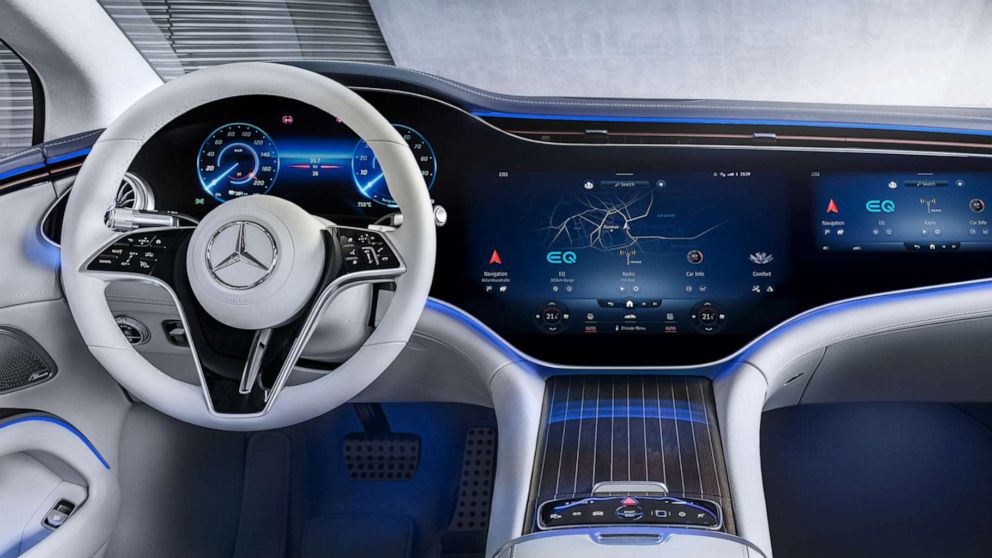
6. **The Rise of Electric Vehicles: A Natural Fit**The burgeoning popularity of electric vehicles (EVs) has provided a substantial and compelling impetus for both the demand and accelerated evolution of smart cockpits. EVs are consistently marketed as technologically advanced, environmentally friendly alternatives to conventional gasoline-powered automobiles, and smart cockpits have proven to be an exceptionally natural and complementary fit for this forward-looking appeal. These advanced in-vehicle systems offer a comprehensive suite of features that not only significantly enhance the driving experience but also perfectly align with the innovative and futuristic image inherent to electric mobility. This symbiotic relationship actively attracts a consumer base that places a high premium on technological sophistication and environmental responsibility.
Digital cockpits within electric vehicles shrewdly leverage their inherent capabilities to foster greener driving habits and optimize the unique electric driving experience. They meticulously provide real-time energy consumption data, insightful analyses of regenerative braking performance, and intelligent route planning that explicitly prioritizes efficiency, thereby actively encouraging environmentally conscious driving behaviors. For owners of electric vehicles, the digital cockpit becomes an indispensable tool, displaying dynamic range estimates and effortlessly locating available charging stations, thereby effectively alleviating common range anxiety and significantly streamlining their journeys. As governmental regulations increasingly advocate for cleaner mobility solutions, software-defined vehicles equipped with advanced digital cockpits become instrumental in meeting evolving standards, with continuous over-the-air updates meticulously optimizing energy usage and enhancing battery management systems.

